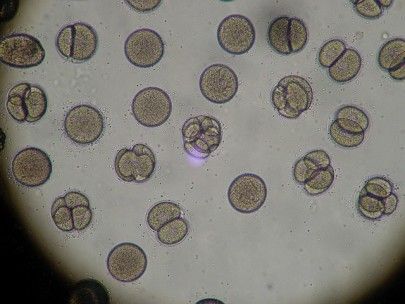Sep 24, 2017
Michio Kaku, Gregory Stack, And Yue Shao: Synthetic Human Embryos And Genetic Engineering [Opinion]
Posted by Shailesh Prasad in categories: bioengineering, biotech/medical, genetics
Michio Kaku and Gregory Scott discuss different aspects of genetic engineering in the video below. According to Kaku and Scott, parents will soon have different genetic engineering choices to make about their children. In addition, recent discoveries by Yue Shao have yielded a new classification of parentless synthetic human embryos.
With Yue Shao’s discovery, genetic engineers might be learning to grow synthetic human embryos from anonymous stem cells donated from IVF clinics. How far this genetic engineering technology goes remains to be seen.

















